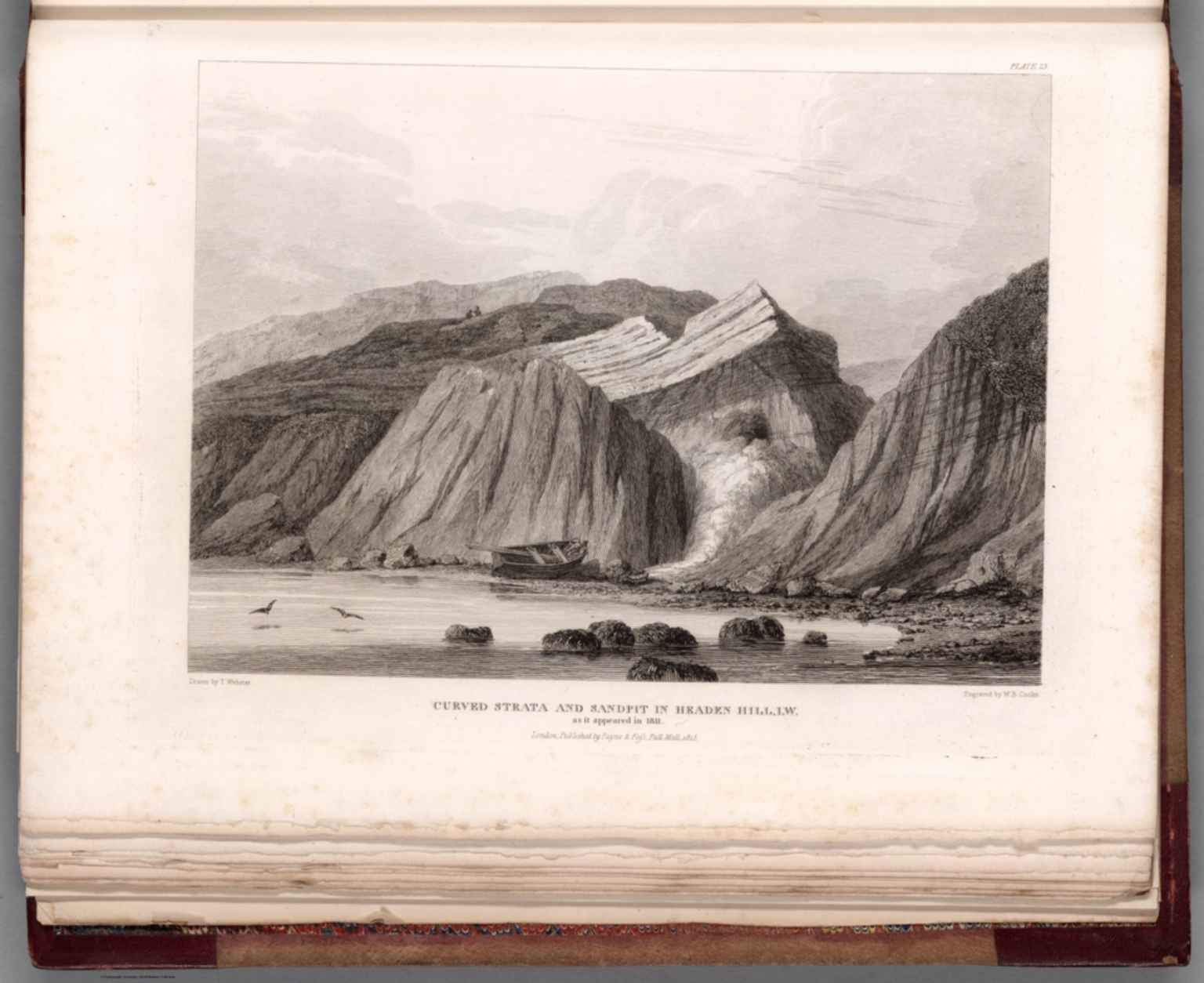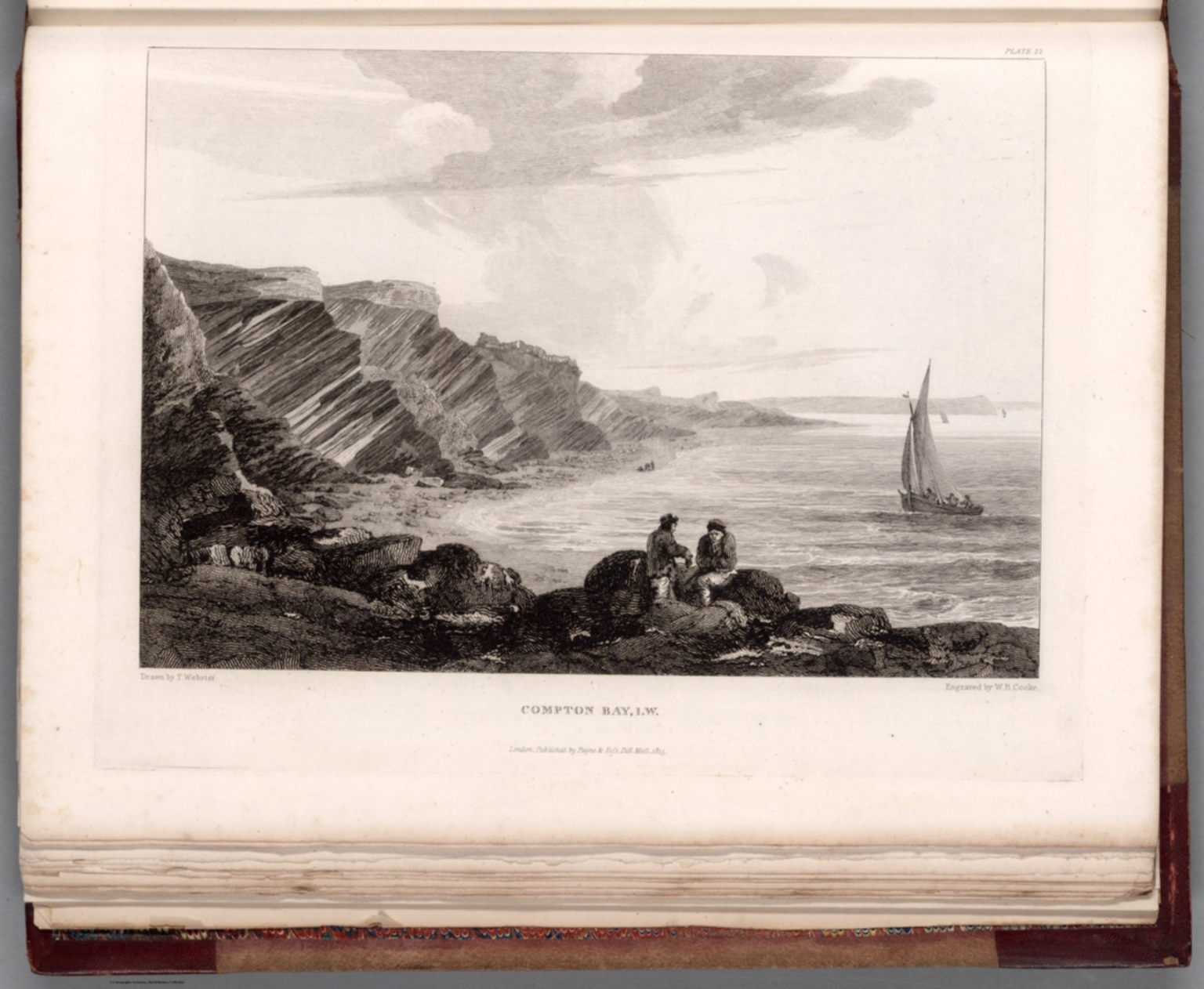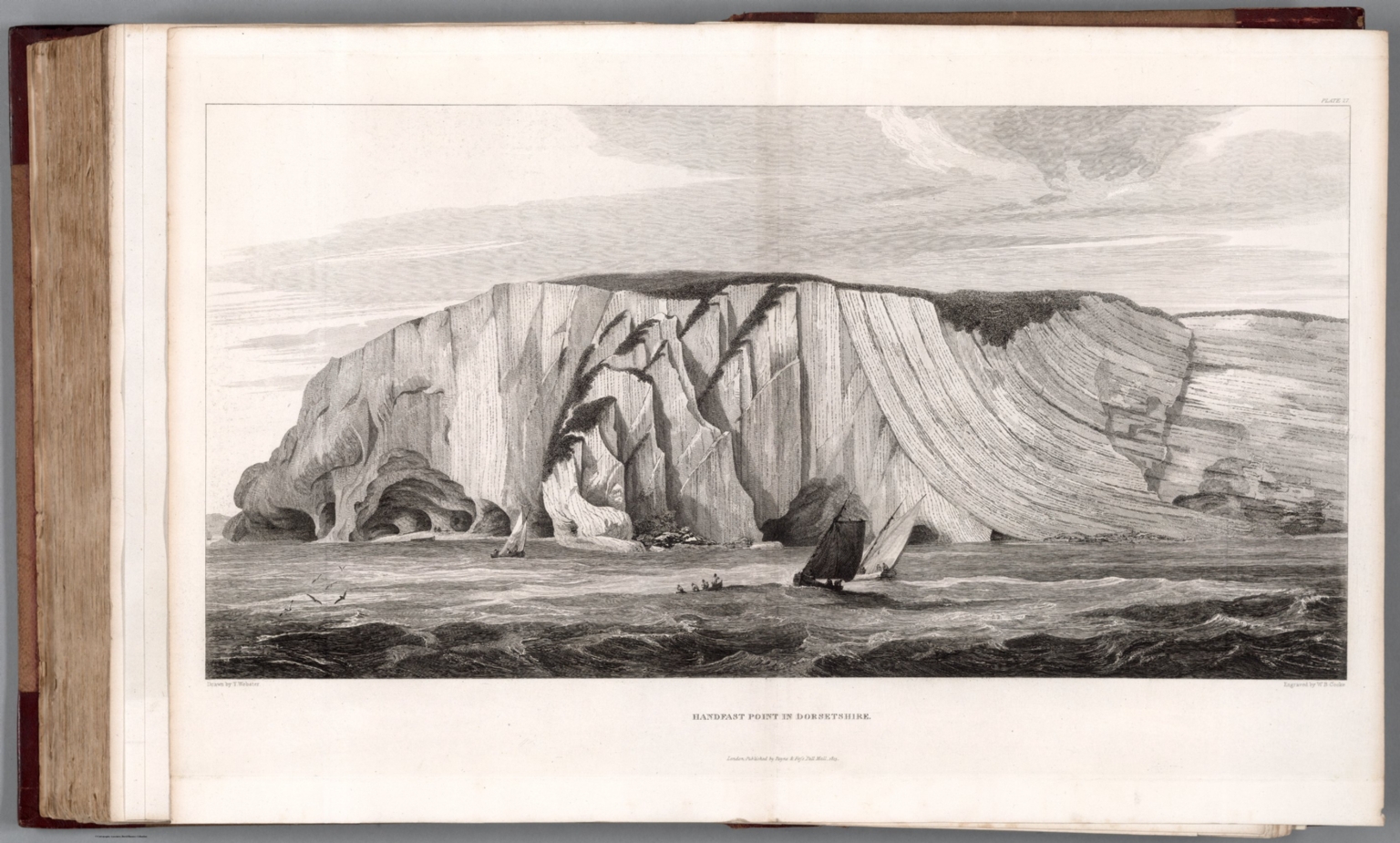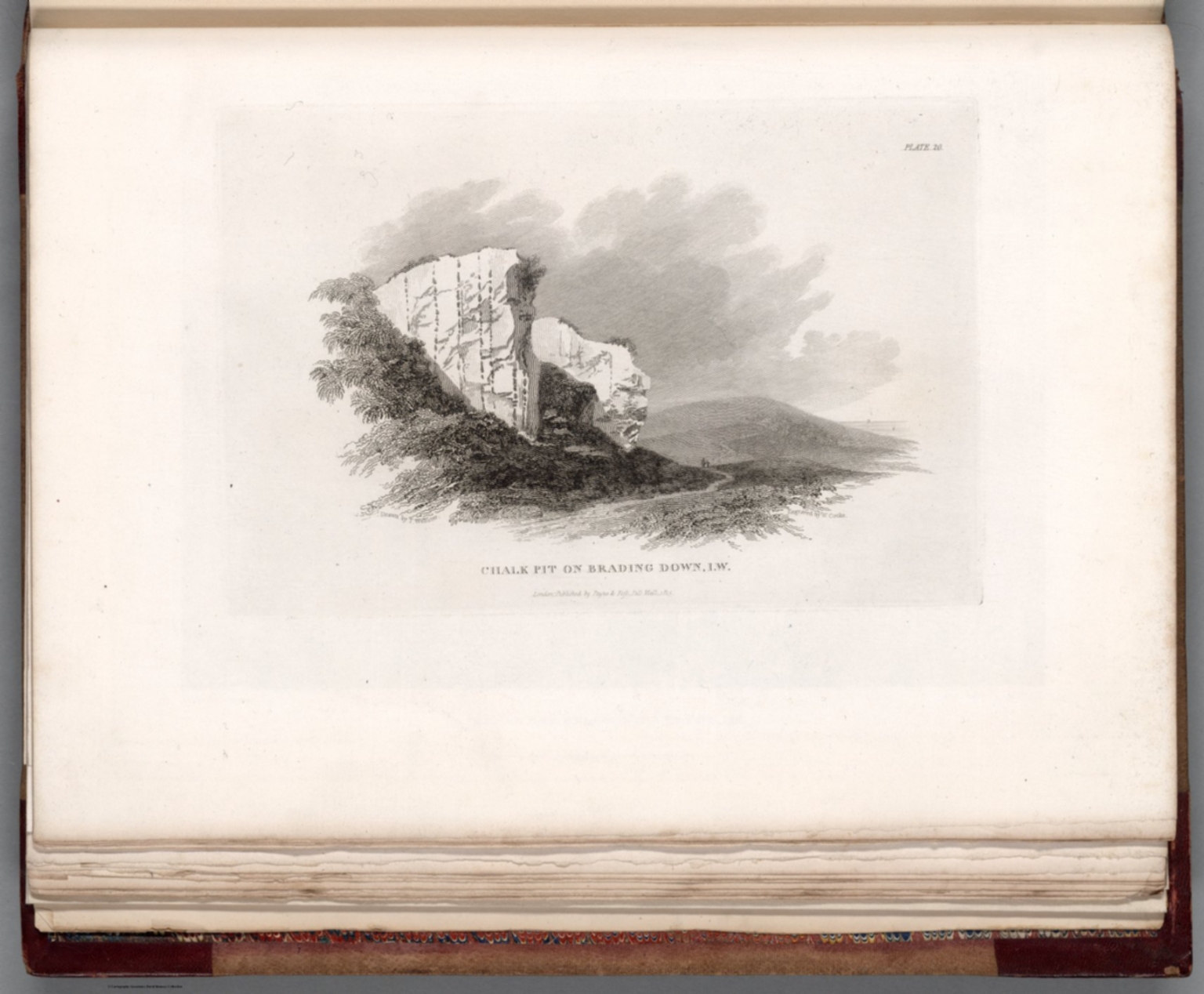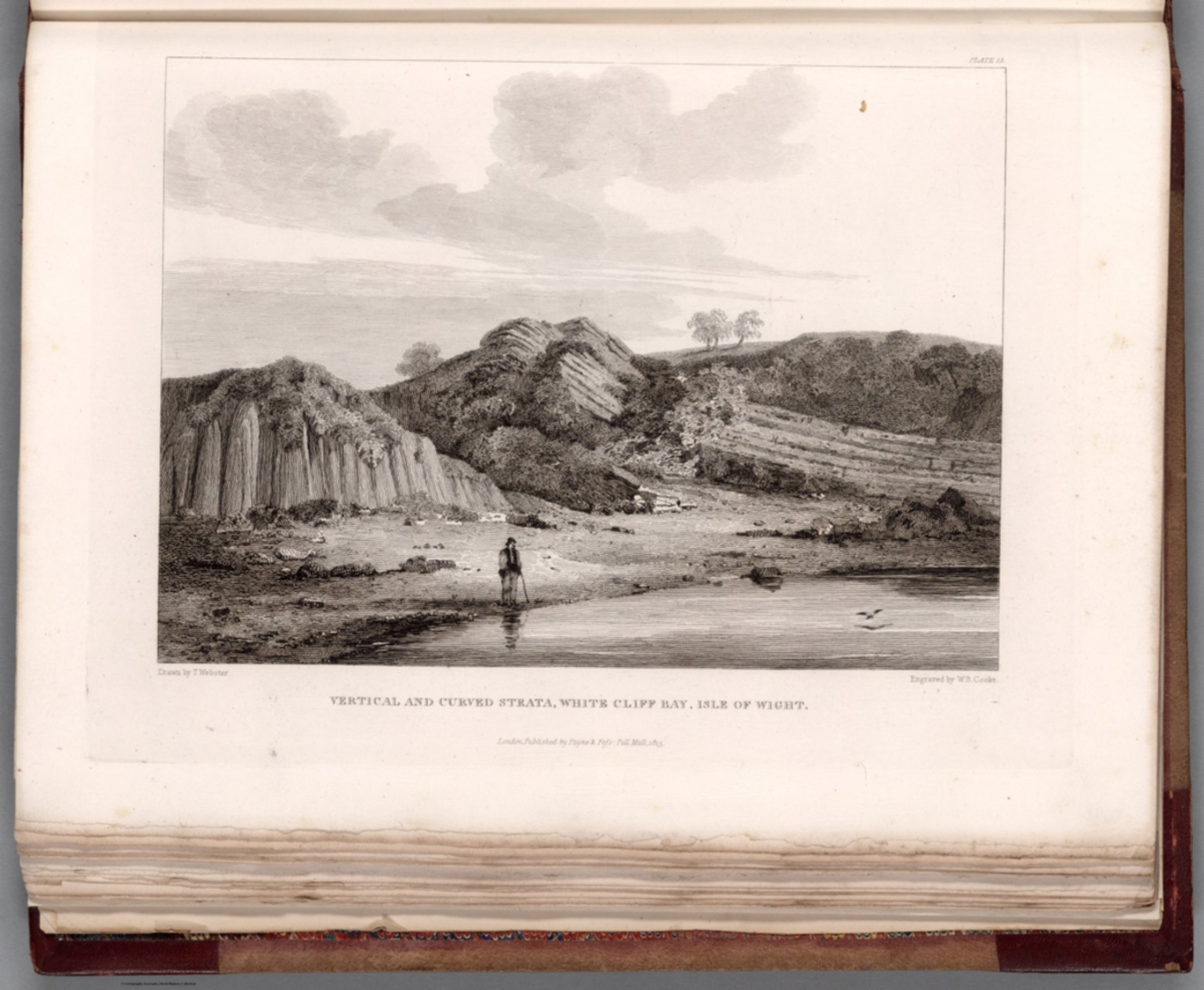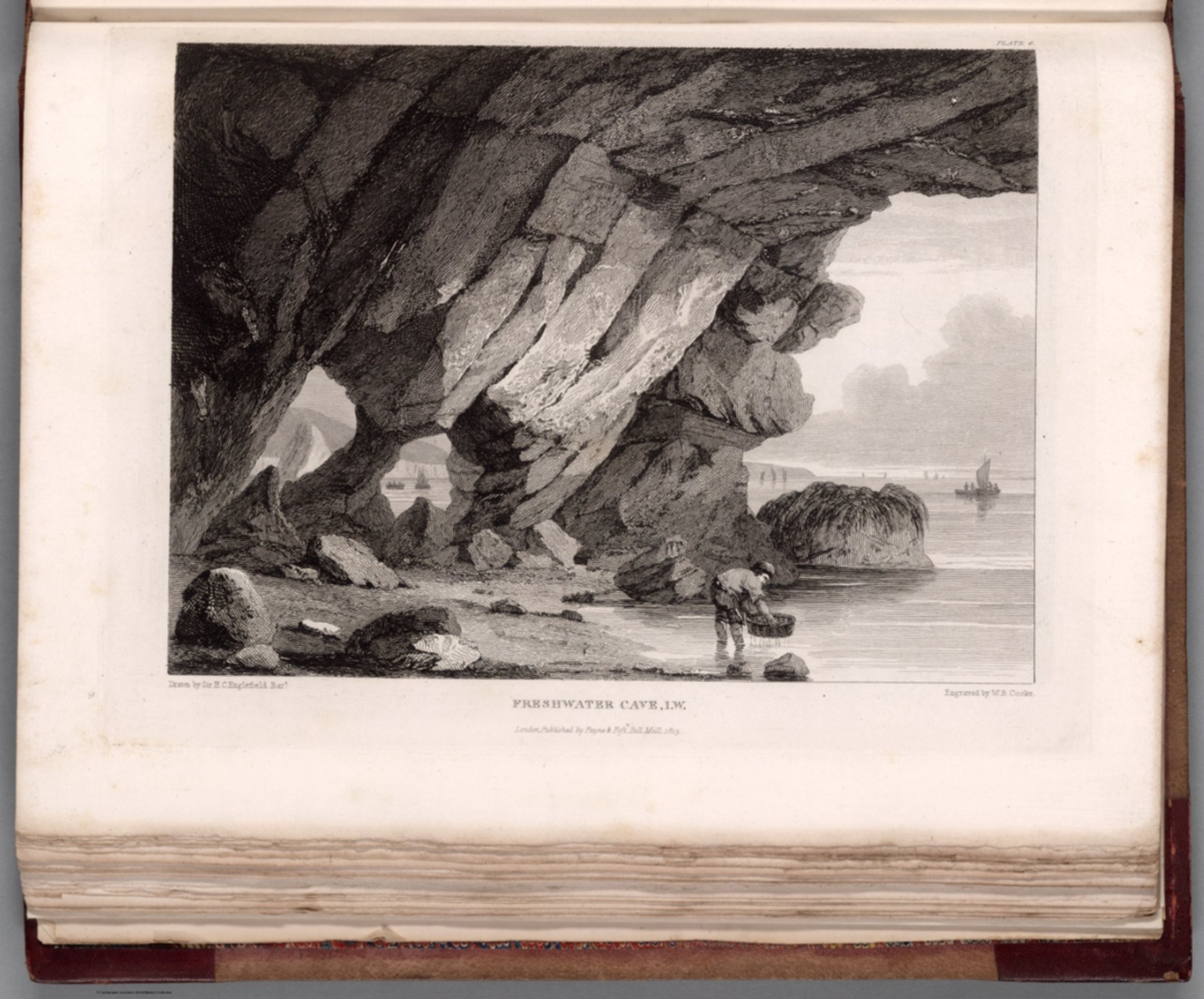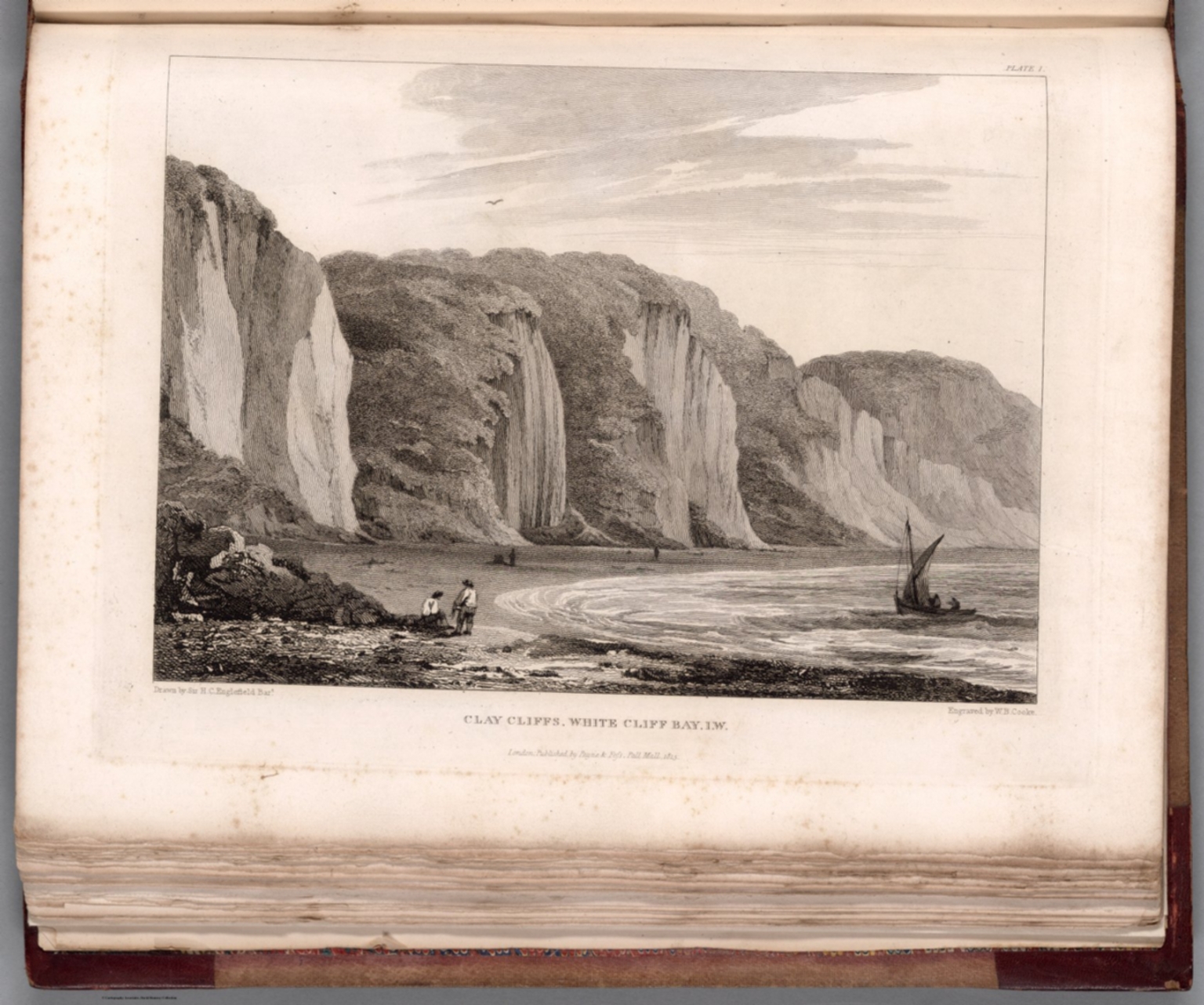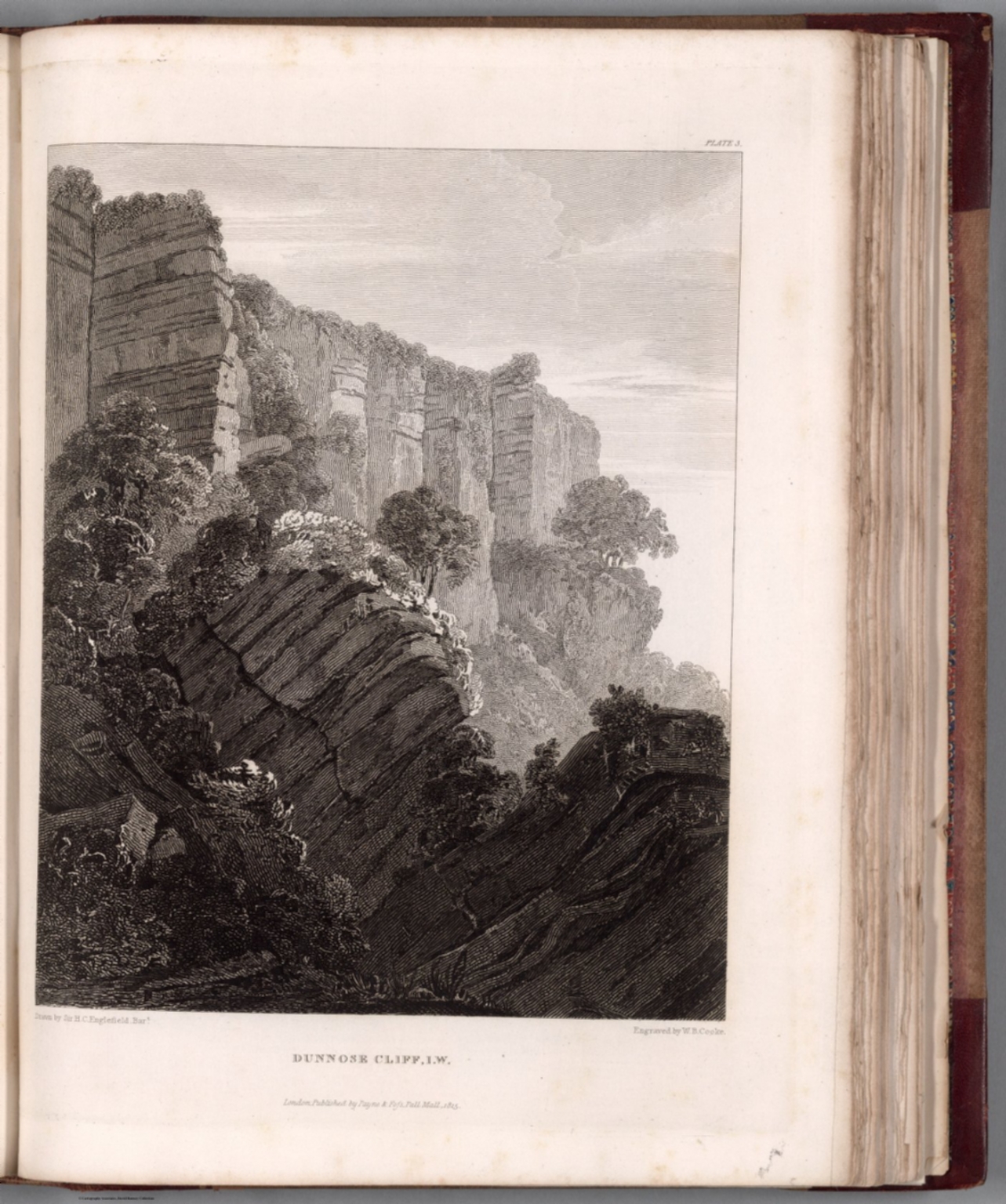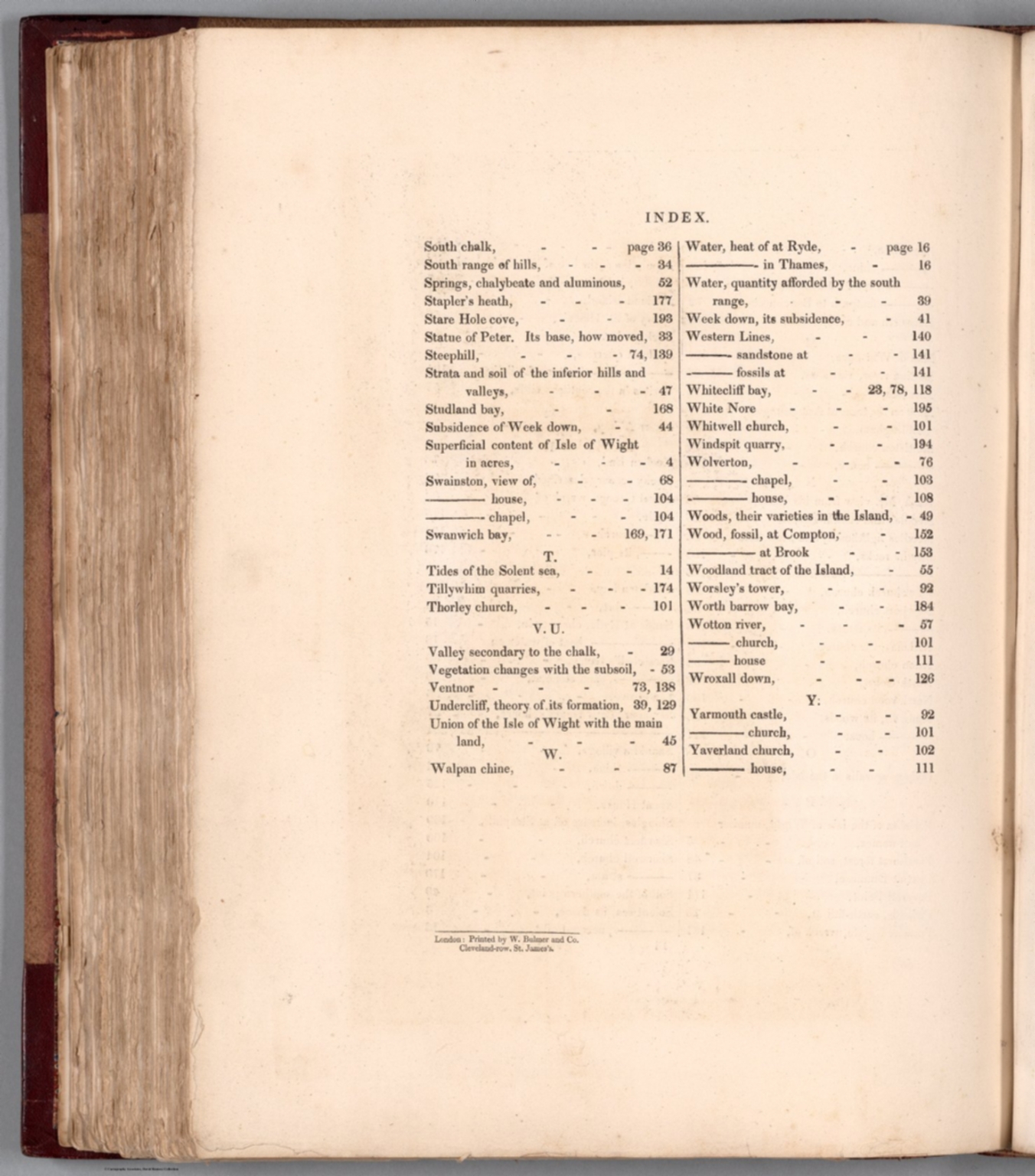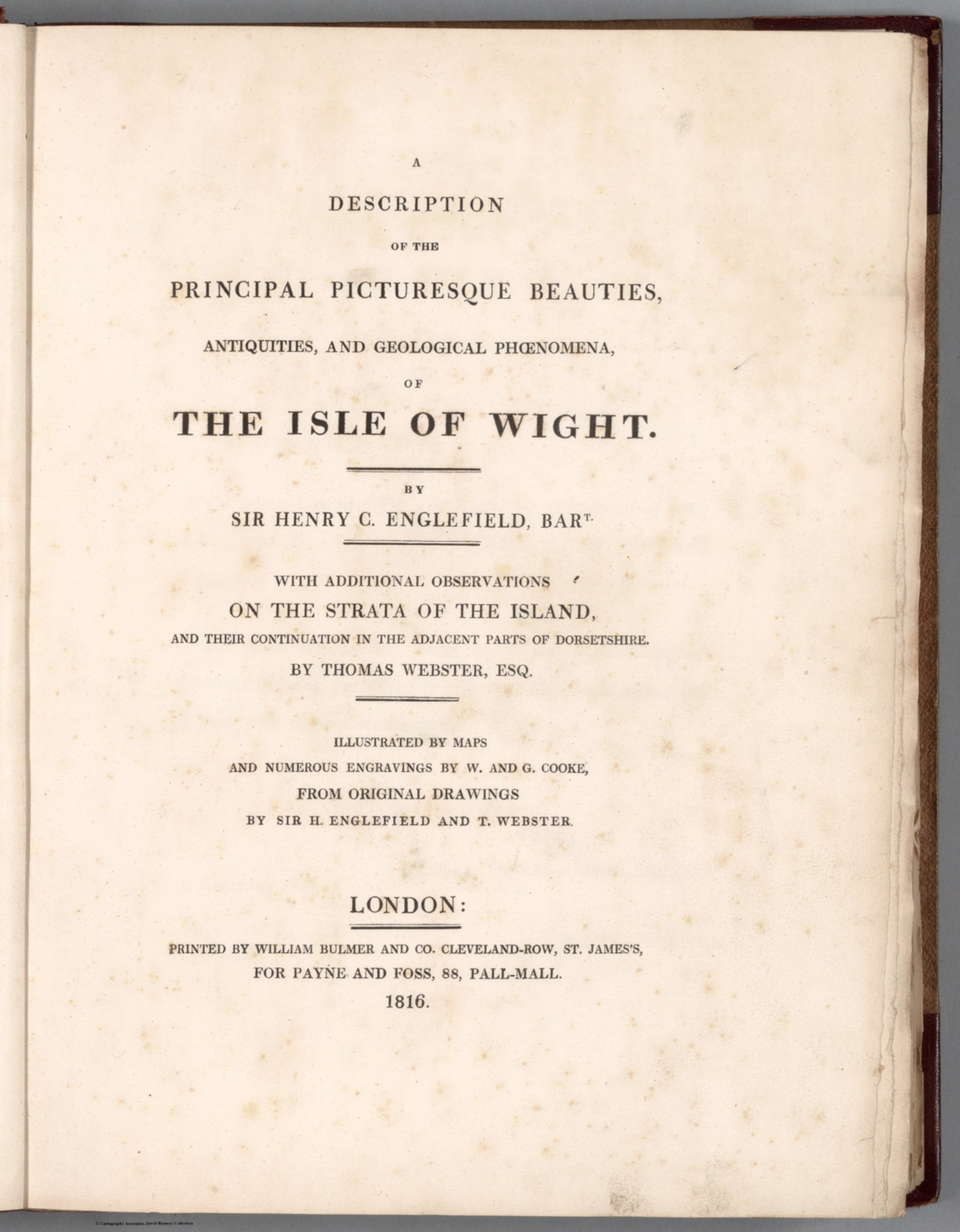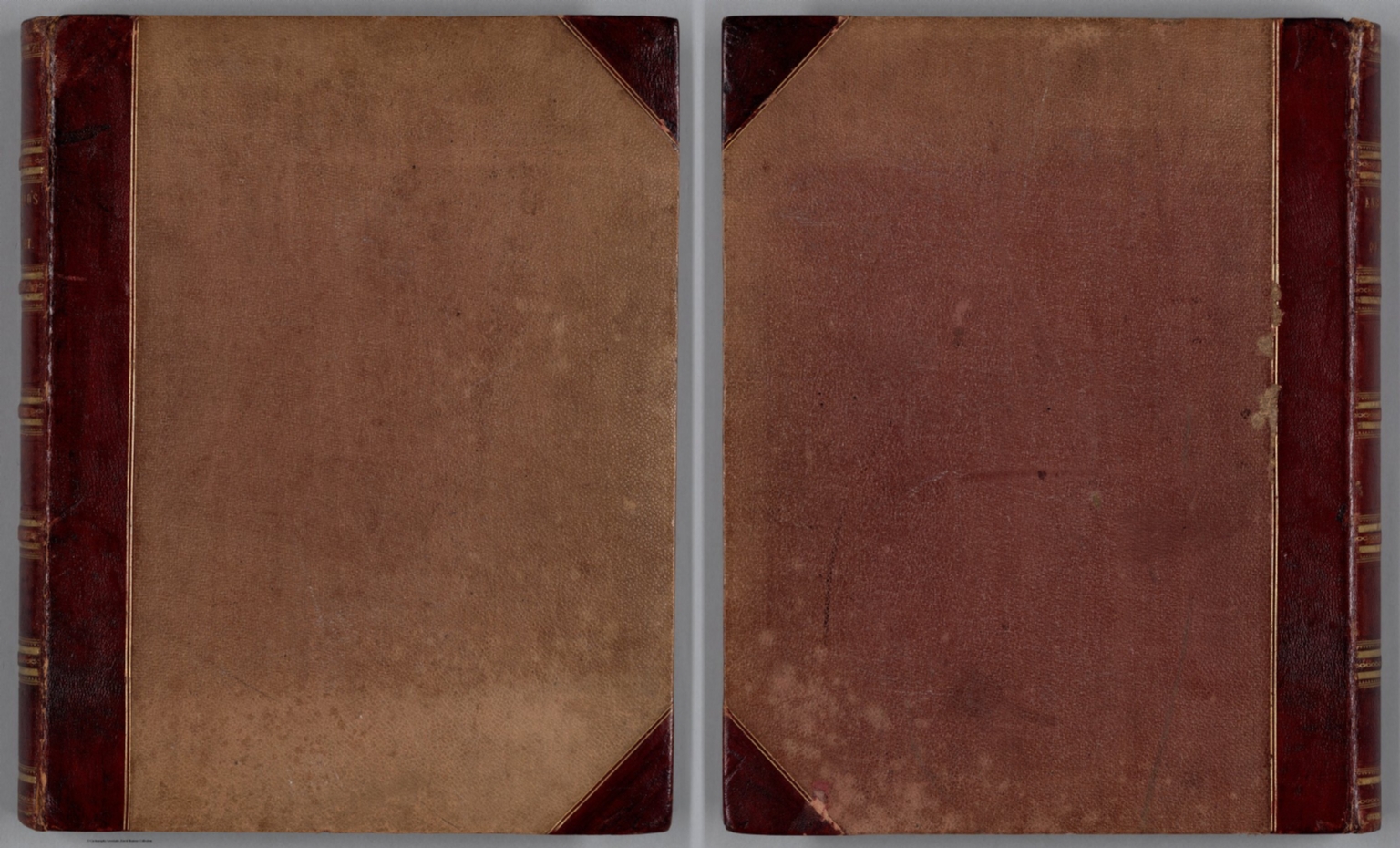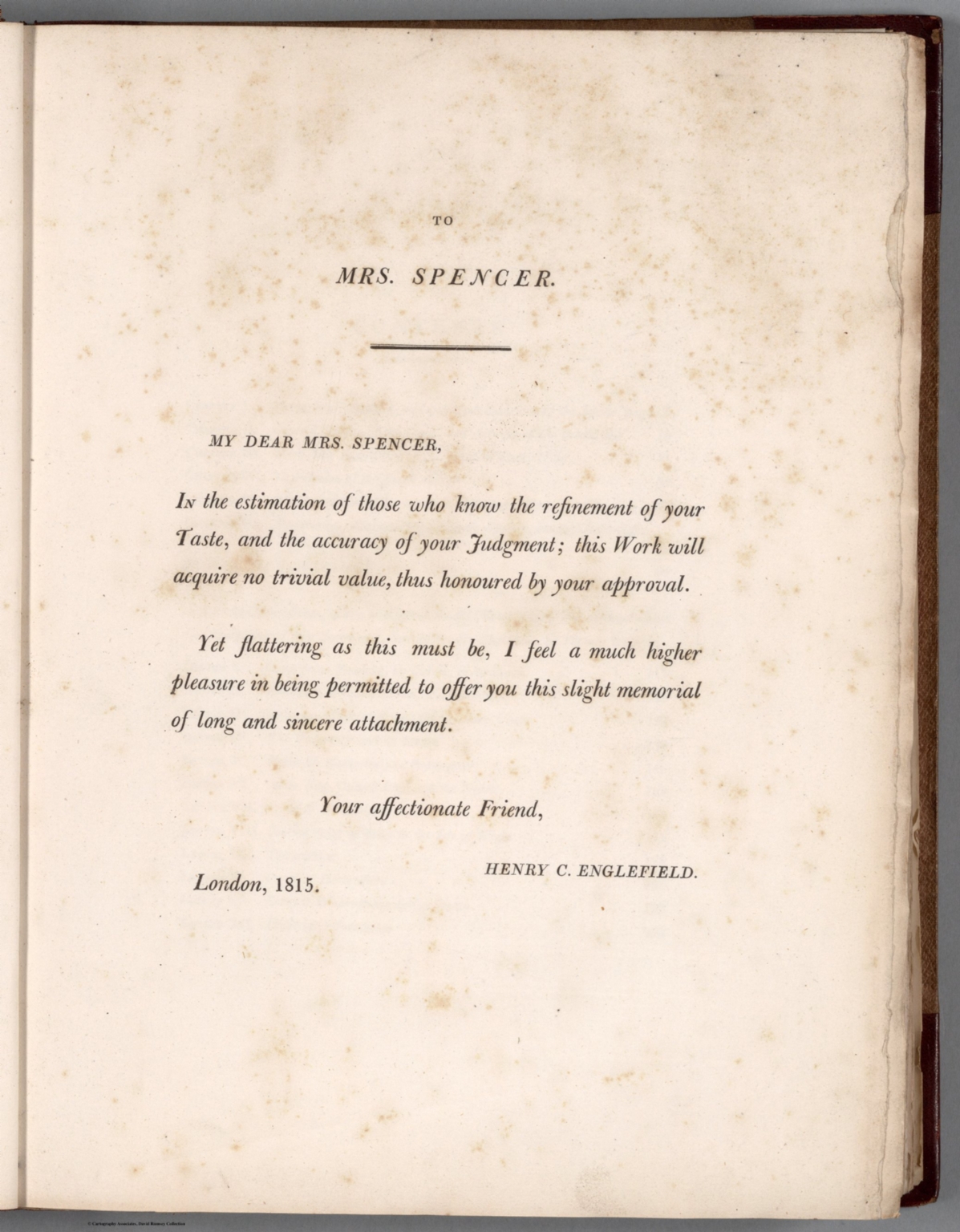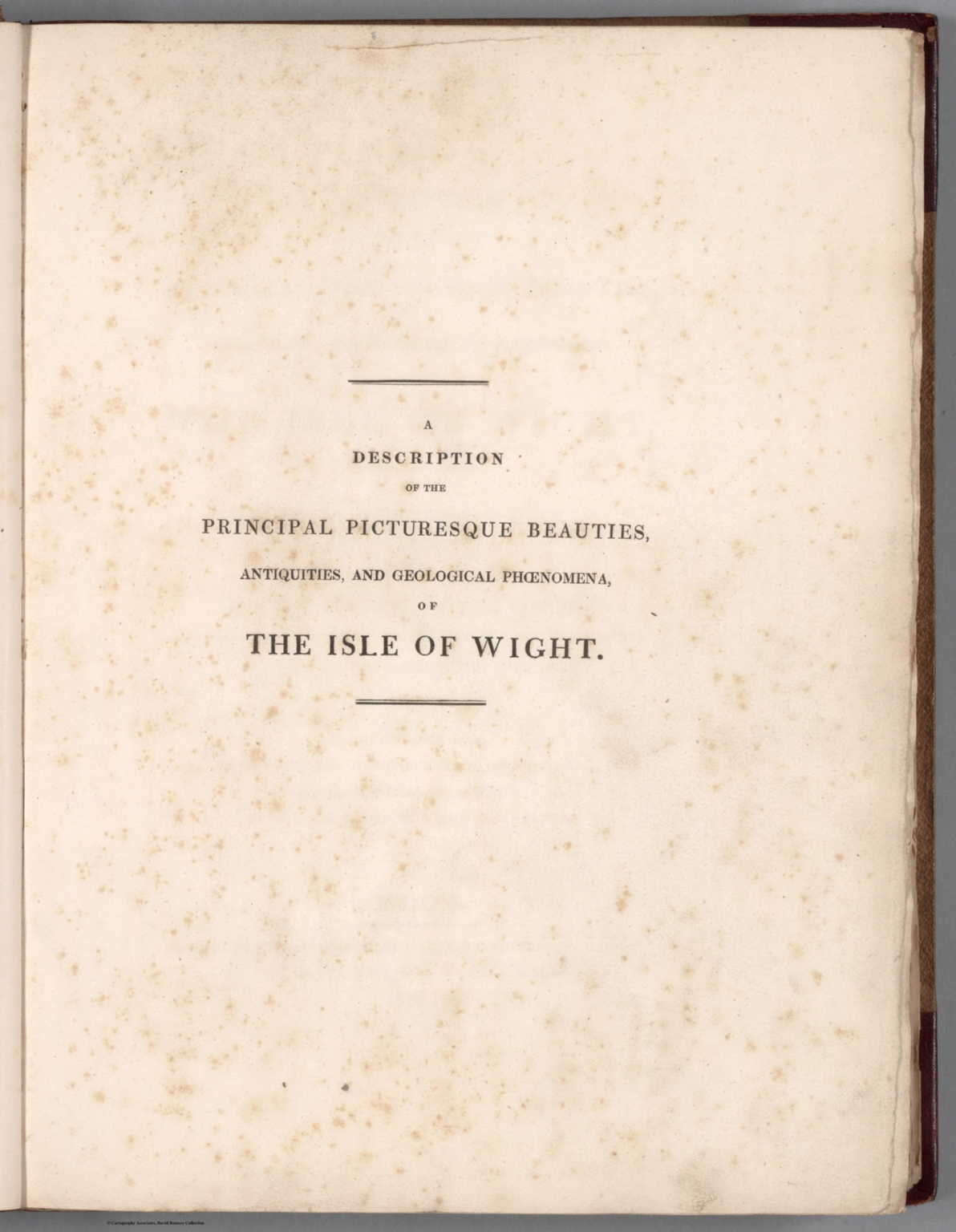1. The Golden Meteorite Fall: Fireball Trajectory, Orbit and Meteorite Characterization
- Author
-
Brown, P. G., McCausland, P. J. A., Hildebrand, A. R, Hanton, L. T. J., Eckart, L. M., Busemann, H., Krietsch, D., Maden, C., Welten, K., Caffee, M. W., Laubenstein, M., Vida, D., Ciceri, F., Silber, E., Herd, C. D. K., Hill, P., Devillepoix, H., Sansom, Eleanor K., Cupák, Martin, Anderson, Seamus, Flemming, R. L., Nelson, A. J., Mazur, M., Moser, D. E., Cooke, W. J., Hladiuk, D., Malečić, Barbara, Prtenjak, Maja Telišman, and Nowell, R.
- Subjects
Astrophysics - Earth and Planetary Astrophysics ,Physics - Geophysics - Abstract
The Golden (British Columbia, Canada) meteorite fall occurred on Oct 4, 2021 at 0534 UT with the first recovered fragment (1.3 kg) landing on an occupied bed. The meteorite is an unbrecciated, low-shock (S2) ordinary chondrite of intermediate composition, typed as an L/LL5. From noble gas measurements the cosmic ray exposure age is 25 Ma while gas retention ages are all >2 Ga. Short-lived radionuclides and noble gas measurements of the pre-atmospheric size overlap with estimates from infrasound and lightcurve modelling producing a preferred pre-atmospheric mass of 70-200 kg. The orbit of Golden has a high inclination (23.5 degs) and is consistent with delivery from the inner main belt. The highest probability (60%) of an origin is from the Hungaria group. We propose that Golden may originate among the background S-type asteroids found interspersed in the Hungaria region. The current collection of 18 L and LL chondrite orbits shows a strong preference for origins in the inner main belt, suggesting multiple parent bodies may be required to explain the diversity in CRE ages and shock states., Comment: 92 Pages, 20 Tables, 21 Figures, plus 3 appendices, accepted in Meteoritics and Planetary Science Oct 26 2023
- Published
- 2023
